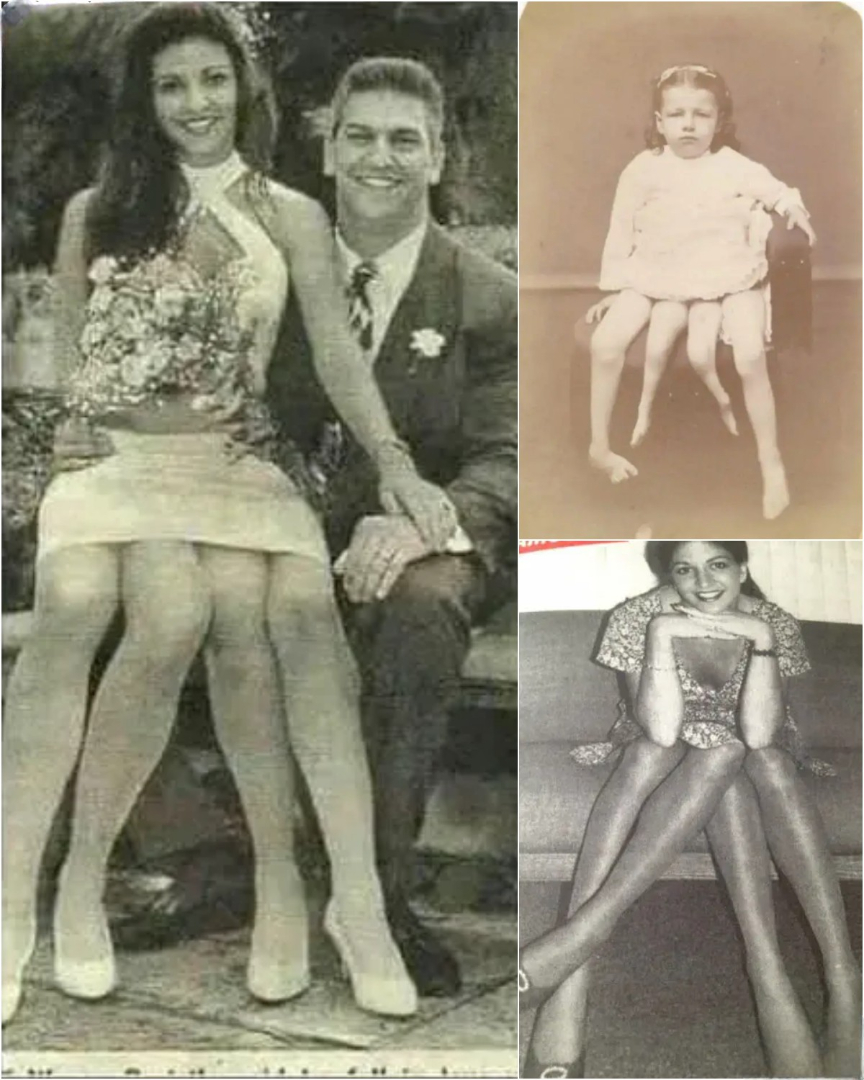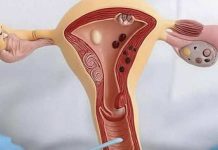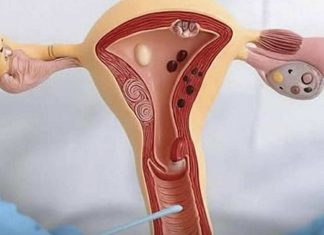The Extraordinary Life of Josephine Myrtle Corbin: A Beacon of Resilience
In a society that often holds conventionality in high esteem, the life of Josephine Myrtle Corbin serves as a profound reminder of the power of individuality and resilience. Born on May 12, 1868, in a small town in Tennessee, Josephine’s existence was marked from the very beginning by a rare medical condition known as dipygus syndrome. This congenital anomaly resulted in a remarkable physical structure that included two pelvises and four legs, an extraordinary phenomenon that continues to intrigue the medical community even today.
Josephine’s uniqueness is rooted in a condition that disrupts normal fetal development, leading to the duplication of the lower half of the body. For her, this meant having a total of four legs, with two outer legs that were fully functional and two inner legs that were underdeveloped. Each of her outer legs was equipped with three toes, and she also possessed two sets of reproductive organs. Despite these complexities, her upper body developed typically, allowing her to navigate the world with grace. Her parents, recognizing her extraordinary nature, commissioned custom clothing that catered to her unique physique, enabling Josephine to walk and move with remarkable elegance. This early adaptation not only helped her physically but also instilled in her the confidence that would define her later years.
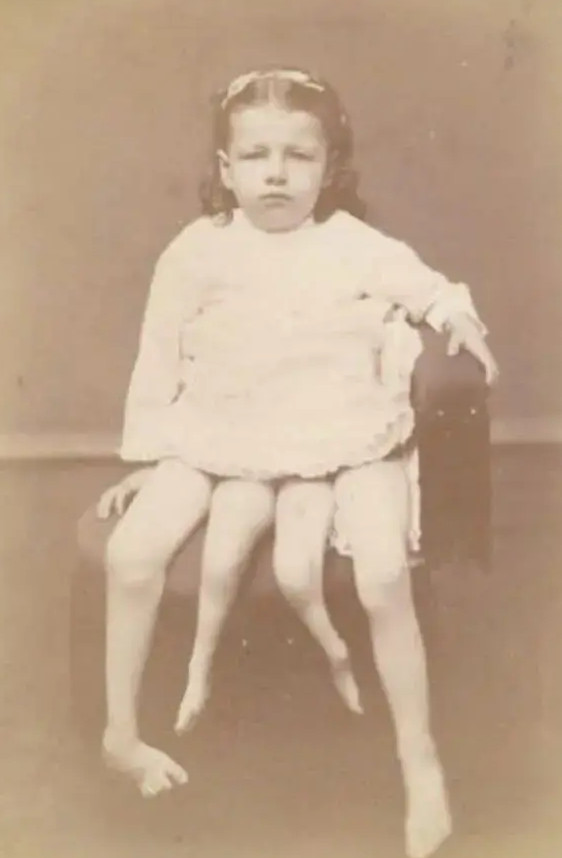
From Curiosity to Celebrity
At the tender age of 13, Josephine thrust herself into the limelight with a remarkable sense of poise. Her father, recognizing the public’s fascination with her condition, began promoting her as “The Four-Legged Girl from Texas.” While one might consider this a tale of exploitation, it transformed into a remarkable journey of empowerment. Josephine’s kind demeanor and infectious smile won over audiences, quickly establishing her not just as a spectacle, but as a captivating performer. She graced the stages of various venues, including the famed P.T. Barnum circus, where she earned an impressive $450 a week—a substantial amount during the late 19th century, further solidifying her status as a beloved figure.
Josephine’s charisma and tenacity turned what many might have seen as a limitation into a source of strength. Her performances were not merely exhibitions of her physicality; they were opportunities to challenge societal perceptions of disability and normalcy. She demonstrated that authenticity and confidence could transcend physical differences, allowing her to wield a profound influence over her audience. Her shows not only entertained but also invited viewers to reconsider their understanding of what it means to be “normal.” In some performances, she even incorporated humor and wit, engaging with the audience in a way that deepened their connection to her story and her life.
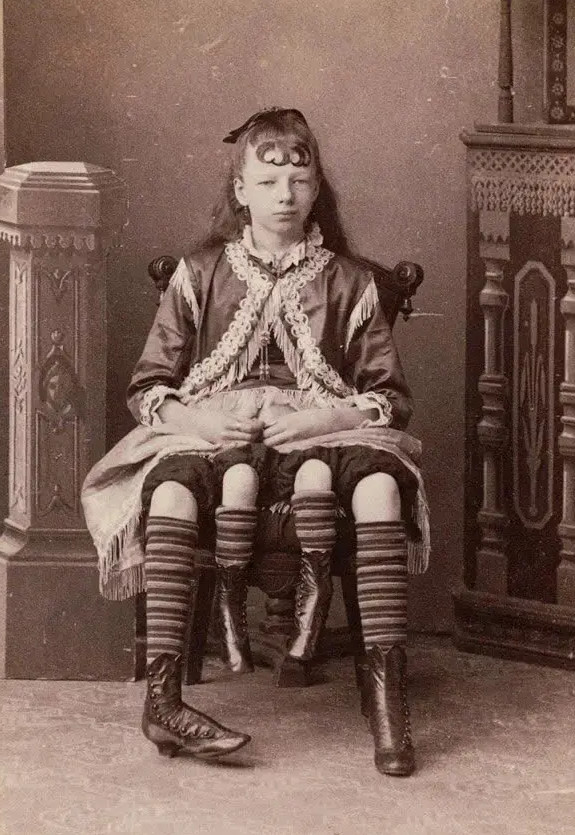
A Journey into Motherhood and Family Life
While her stage career offered fame and financial stability, Josephine yearned for a deeper connection beyond the spotlight. At the age of 19, she married Dr. Clinton Bicknell, a man who recognized her spirit and cherished her for who she was beyond her physical condition. Their marriage was a testament to the power of love that sees beyond societal norms, silencing any doubts surrounding the possibility of a “normal” life for someone like Josephine. Together, they created a family that included five children—a remarkable feat considering her anatomical challenges—demonstrating her capacity for nurturing and resilience.
Even as she navigated the complexities of motherhood, Josephine occasionally returned to the stage to support her family financially. However, her primary focus remained on establishing a loving home in Texas. She often spoke of the joy her children brought her, saying that motherhood was one of her most significant achievements. Her ability to balance her familial responsibilities with her unique physical attributes was not only a testament to her adaptability but also highlighted her determination to live life on her own terms. Josephine was not merely a figure of curiosity; she was an embodiment of strength, proving that one’s physical differences do not define their abilities or aspirations. She often engaged her children in discussions about acceptance and self-love, instilling in them the same values that helped her thrive.
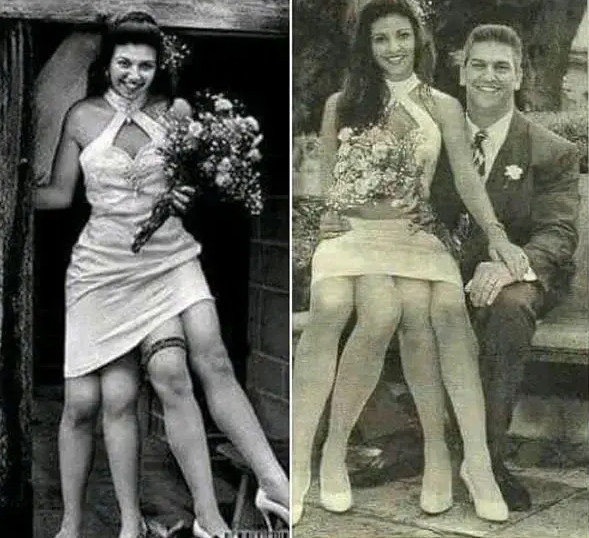
Legacy and Inspiration
Josephine Myrtle Corbin’s life came to a close in 1928 due to a streptococcal skin infection, yet her legacy endures. She was laid to rest in Cleburne Memorial Park Cemetery, Texas, leaving behind a family and a story that continues to inspire both medical professionals and the public alike. Her case is still studied today, with researchers utilizing her experiences to deepen their understanding of dipygus syndrome and the complexities of human development. The ongoing research into her condition illustrates not only the medical curiosity surrounding her life but also the broader implications for understanding congenital anomalies.
More than just a subject of clinical interest, Josephine remains a powerful symbol of resilience and the enduring human spirit. Her journey serves as a poignant reminder that embracing one’s uniqueness can lead to profound personal fulfillment and purpose. Josephine’s life narrative encourages individuals to view their own challenges not as burdens but as opportunities for growth, connection, and inspiration. In communities that often marginalize differences, Josephine’s story stands as a powerful testament to the strength found in diversity and acceptance.
Concluding Thoughts: Embracing Uniqueness
The story of Josephine Myrtle Corbin transcends her medical condition; it is a celebration of the human capacity to overcome adversity and thrive against the odds. From her early days as a performer to her cherished role as a mother and wife, Josephine redefined the meaning of authenticity and strength. Her life continues to resonate with anyone who has ever felt different or doubted their potential to rise above life’s challenges. In embracing her uniqueness, Josephine demonstrated that our differences can, in fact, become our greatest assets.
Ultimately, Josephine Myrtle Corbin’s remarkable journey invites us to reflect on our own lives and recognize that what sets us apart can indeed set us free. Her courage to navigate a world filled with uncertainty and to transform curiosity into respect serves as a lasting legacy of hope and inspiration. As we remember Josephine, we are reminded of the importance of resilience in the face of adversity and the power of embracing our true selves. Her story is not just about physical difference; it is a beacon for all who seek to find strength in their individuality, encouraging us to celebrate our unique stories and the myriad ways they enrich our shared human experience.

